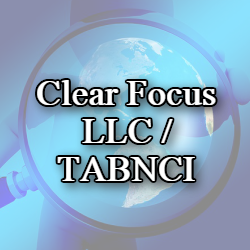How to Build Your Organization’s Identity
Companies are no stranger to change. Things will always need to change for a business to grow and thrive. Otherwise, if they don’t make the necessary changes, they’ll end up shutting their doors.
One thing that helps an organization to survive is to get a clear idea of what their identity is. The identity of a company is the driving force behind everything they do, from customer acquisition to how operations are handled from the day to day.
Here is a look at how organizations can build their identity:
- Create a Purpose Statement
An effective purpose statement should be clear and concise. It should outline exactly what the company offers to their target audience. Not only should the employees understand the purpose of the company, but so should the potential customers.
Organizations can share their company’s purpose statement by:
- Branding their website with the statement in mind.
- Share the information on their social media accounts.
- Create ads and messaging around the purpose statement.
- Educating new hires on the purpose statement and reminding them periodically.
- Create Culture That is In Line With The Purpose Statement
Having a clear purpose statement is the first step in establishing an organization’s culture. The leadership in the company has to set the tone for employees from the moment they walk in the door. To make sure that the culture is accepted, you must put processes in place that will keep everyone accountable on the way things should be done.
Regularly training your team on the company culture is also important. The more they are exposed to it and encouraged to accept it, the stronger representatives they will be for the company. Having a team that is all on the same page helps an organization to solidify their identity.
- Work Individually With Your Employees
Just as much as you would invest in your upper management, you will want to invest in your front-line employees. The education you put together should address how an individual of the company can set goals and reach them. This could come in the form of quarterly check-ins where you help each employee get a clear idea of what they want to accomplish personally and professionally in the next quarter. Then, provide them the tools and training needed to get there.
To build your organization’s identity, it all comes down to making sure that every employee and customers understand the organization’s purpose. Also, that the employees adapt to the company culture and are given the one on one training they need to succeed.
Please share your comments with us today!
Gary Brunson
gary@myclearfocus.com
Debra Rider
debra@myclearfocus.com
574.361.2674
Sustainable Growth & Profit Consultant, Coach, Mentor and Counselor/Therapist for Business Owners and Professionals.




